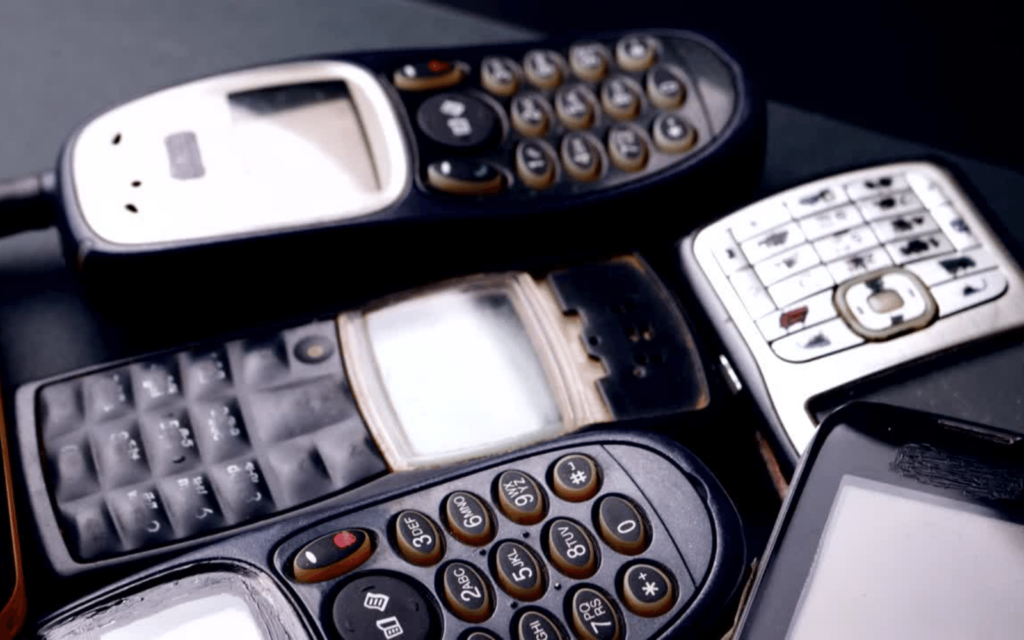5.3 million mobile phones will be thrown away this year, according to the International Waste Electrical and Electronic Equipment (WEEE), as e-waste continues to worsen across the world.
The WEEE estimates that of 16 billion mobile phones, including smartphones, owned globally, 5.3 billion will become waste in 2022.
“Stacked flat atop one another at an average depth of 9 mm that many disused phones would rise roughly 50,000 km – 120 times higher than the International Space Station; one-eighth of the way to the moon,” says the WEEE.
The world observed International E-waste Day this month, on October 14th.
What do you do with your outdated and broken devices? The WEEE says 20 to 50 million metric tons of e-waste are disposed of each year. Only 12.5% of the e-waste is recycled.
These have some valuable minerals, all gone to waste instead of being recycled. Despite the gold, copper, and silver found in most devices, the WEEE says “experts expect a majority will disappear into drawers, closets, cupboards or garages, or be tossed into waste bins bound for landfills or incineration”.
Read More: African digital innovators are turning plastic waste into value – but there are gaps
Why are you hoarding devices?
So what do you do with your outdated and broken phones? Apparently, you hoard them.
“Surprisingly, mobile phones rank 4th among small EEE products most often hoarded by consumers,” says the WEEE.
In South Africa, e-waste recycling bins can be found in most cities. Perhaps consider dumping some in there.
The E-Waste Association of South Africa (EWASA) says most of the e-waste in South Africa is usually processed outside the country. It adds that there’s a need for SA to start processing the waste.
Here are places in South Africa where you can dump your tech instead of stuffing it in your drawers.
How many waste electronics are lurking in your drawers and cupboards? #recycle #ewaste
see https://t.co/v8dLDiZDnQ to find a collection point near you. pic.twitter.com/noJKbbVcCi— eWASA (@eWASA_) October 21, 2022




